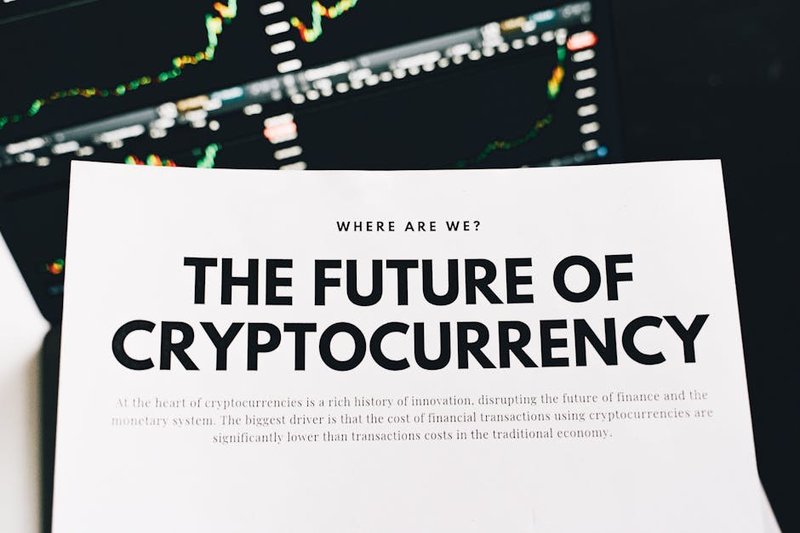I’m starting to think the “delete” button is the technological equivalent of those “close door” buttons in elevators – we push them repeatedly with increasing urgency while harboring the sneaking suspicion they’re not actually connected to anything.
Last week, I attempted to purge my digital life of unwanted baggage. After six hours of frantically clicking “delete” on old emails, photos of ex-boyfriends, and that brief period when I thought fedoras were making a comeback, I felt accomplished. Then my phone helpfully informed me that everything was now safely stored in a folder called “Recently Deleted.” Not actually deleted – just moved to a digital waiting room where my embarrassing selfies could contemplate their mortality for 30 days.

The truth about deletion in our digital age is more complicated than most of us realize. When you “delete” something, your device essentially says, “I’ll pretend I don’t see that anymore,” while secretly tucking it away somewhere on your hard drive. The file itself isn’t immediately erased – only the directions to find it are removed. It’s like your computer is playing an elaborate shell game with your data.
Deleted – The Stubborn Persistence of Digital Footprints
Modern technology has transformed “delete” into a philosophical concept rather than a definitive action. Your deleted Facebook post? It’s probably preserved in multiple server backups across continents. That regrettable text message? Sitting comfortably in your recipient’s cloud storage and possibly screenshotted for posterity by their most gossipy friend.
Computer scientists explain this phenomenon using impressive technical terminology that essentially translates to: “Nothing is ever truly gone.” They call it “data persistence” – I call it “digital hoarding with plausible deniability.”
The irony is that when we desperately want something deleted, it stubbornly persists, but when we need to recover an accidentally deleted document we’ve spent weeks perfecting, it vanishes into the digital ether with the permanence of a bad tattoo removal.
Deleted – The Corporate Memory That Never Fails
The corporate world has an even more complicated relationship with deletion. Companies hoard data like digital dragons guarding treasure troves of your personal information. Their privacy policies – those 50-page documents we all definitely read – often contain phrases like “data retention” and “information lifecycle management,” which is corporate-speak for “we’re keeping everything forever, just in case.”
When I asked one tech company representative about their deletion practices, they assured me that my data would be “removed from active systems.” When pressed for clarification, they admitted this meant my information would be stored indefinitely on backup systems that were technically “inactive” but still perfectly accessible. It’s like telling someone you’ve stopped eating cookies while maintaining a secret cookie drawer – technically truthful but missing the spirit of the promise.
The Archaeology of Digital Remains
The most fascinating aspect of our deletion dilemma is what future digital archaeologists might discover about us. Centuries from now, researchers might uncover server farms containing billions of deleted selfies, abandoned Instagram accounts, and half-finished novels. They’ll piece together our civilization through our digital refuse, analyzing what we chose to save and what we attempted to delete.
Perhaps they’ll discover that despite our best efforts to curate our digital personas, the most authentic version of ourselves lies in what we tried to erase. Our deletion history might be more revealing than our public profiles – a mosaic of abandoned identities, discarded ideas, and evolving beliefs.

In my personal quest for digital minimalism, I’ve learned to approach deletion with healthy skepticism. I no longer expect files to disappear; I merely bid them farewell as they retreat into the shadowy corners of my devices, where they’ll likely remain until my hardware becomes so obsolete that future generations will display it in museums alongside dial-up modems and floppy disks.
For now, I’ll continue my ritual of deletion, knowing it’s more symbolic than effective – a digital version of throwing a penny in a fountain. And who knows? Perhaps someday technology will evolve to the point where deletion becomes more than a suggestion. Until then, I’ll carefully consider what digital breadcrumbs I leave behind, knowing they might form a trail far more permanent than I intended.
Just remember: in a world where nothing is truly deleted, the best strategy isn’t careful deletion but careful creation. After all, your digital footprint isn’t written in pencil – it’s written in permanent digital ink, with backup copies stored in multiple locations, possibly on multiple continents, for all eternity.



